#bald eagle state forest
Text

#lunaladee photos#winter woodlands#snow#fog#mountain streams#reflections#hiking#bald eagle state forest#01.25.24#original photography#photographers on tumblr
66 notes
·
View notes
Text

by Nicholas_T
#nature#photography#bald eagle state forest#pennsylvania#green#plants#trees#water#landscape#wetlands#forest#woods#bright green
108 notes
·
View notes
Video
“ BaldEagle State Park “ // © Scenic Creek Photography
Music: Solstice Beats - Teaser Music (From "Avatar 2: The Way of Water Teaser")
#bald eagle#Pennsylvania#United States#nature#riverscape#Forest#trees#relaxing#chill#4K#8K#12K#reels#fpv#aesthetics#wanderlust#explore#follow#discover
366 notes
·
View notes
Text
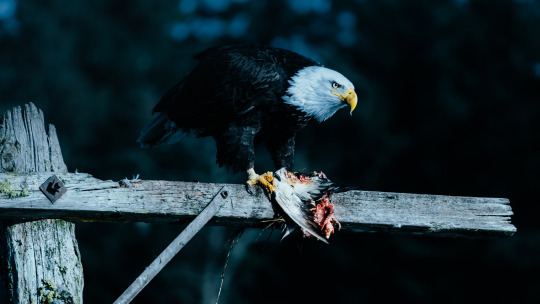
#eagle#raptor#bald eagle#washington state#pacific northwest#wildlife#nature#photographers on tumblr#fursty#forest
147 notes
·
View notes
Text
The Best News of Last Week
⚡ - Charging Towards a More Electrifying Future
1. The Kissimmee River has been brought back to life—and wildlife is thriving

The Kissimmee River in Florida was straightened in the 1960s, causing a sharp decline in wildlife and ecological problems. But in the 1990s, a $1 billion restoration project was initiated to restore the river's natural state.
Today, nearly half of the river has been restored, wetlands have been reestablished and rehydrated, and wildlife has returned, including rare and threatened species. Already the biological impact of the project has become clear. As the wetlands have come back, so have the birds.
2. Plastic wrap made from seaweed withstands heat and is compostable

A cling film made from an invasive seaweed can withstand high temperatures yet is still easily compostable. The material could eventually become a sustainable choice for food packaging.
Scientists started with a brown seaweed called sargassum. Sargassum contains long, chain-like molecules similar to those that make up conventional plastic, which made it a good raw material. The researchers mixed it with some acids and salts to get a solution full of these molecules, then blended in chemicals that thickened it and made it more flexible and pliable.
3. An Eagle Who Adopted a Rock Becomes a Real Dad to Orphaned Eaglet

Murphy, a bald eagle that had been showing fatherly instincts, has been sharing an enclosure with an eaglet that survived a fall from a tree during a storm in Ste. Genevieve. Murphy, his rock gone by then, took his role as foster parent seriously. He soon began responding to the chick’s peeps, and protecting it.
And when, as a test, the keepers placed two plates of food in front of the birds — one containing food cut into pieces that the chick could eat by itself, and another with a whole fish that only Murphy could handle — the older bird tore up the fish and fed it to the eaglet.
4. World's largest battery maker announces major breakthrough in energy density

In one of the most significant battery breakthroughs in recent years, the world’s largest battery manufacturer CATL has announced a new “condensed” battery with 500 Wh/kg which it says will go into mass production this year.
“The launch of condensed batteries will usher in an era of universal electrification of sea, land and air transportation, open up more possibilities of the development of the industry, and promote the achieving of the global carbon neutrality goals at an earlier date,” the company said in a presentation at Auto Shanghai on Thursday.
This could be huge. Electric jets and cargo ships become very possible at this point.
5. Cat with '100% fatal' feline coronavirus saved by human Covid-19 medicine

A beloved household cat has made an “astonishing” recovery from a usually fatal illness, thanks to a drug made to treat Covid-19 in humans – and a quick-thinking vet.
Anya, the 7-year-old birman cat, was suffering from feline infectious peritonitis (FIP), a “100% fatal” viral infection caused by feline coronavirus. That was, until Auckland vet Dr Habin Choi intervened, giving Anya an antiviral used to treat Covid-19 called molnupiravir.
6. Kelp forests capture nearly 5 million tonnes of CO2 annually
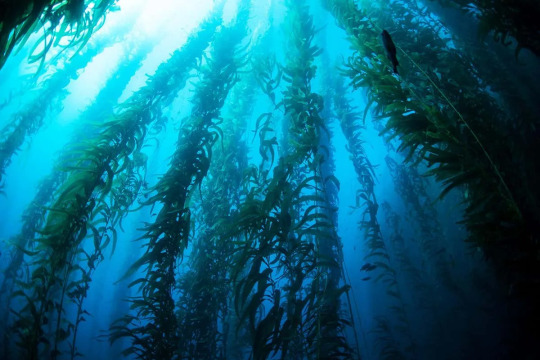
Kelp forests provide an estimated value of $500 billion to the world and capture 4.5 million tonnes of carbon dioxide from seawater each year. Most of kelp’s economic benefits come from creating habitat for fish and by sequestering nitrogen and phosphorus.
7. Medical Marijuana Improved Parkinson’s Disease Symptoms in 87% of Patients

Medical cannabis (MC) has recently garnered interest as a potential treatment for neurologic diseases, including Parkinson's disease (PD). 87% of patients were noted to exhibit an improvement in any PD symptom after starting medical cannabis. Symptoms with the highest incidence of improvement included cramping/dystonia, pain, spasticity, lack of appetite, dyskinesia, and tremor.
----
That's it for this week :)
This newsletter will always be free. If you liked this post you can support me with a small kofi donation:
Buy me a coffee ❤️
Also don’t forget to reblog
817 notes
·
View notes
Text
Onondaga Nation Celebrates First Land Return of 1,000 Acres in New York's Tully Valley Following Legal Settlement https://www.goodnewsnetwork.org/onondaga-nation-celebrate-first-substantial-land-return-with-1000-acres-of-new-yorks-tully-valley-won-in-legal-settlement/
In a rare moment of return for East Coast Native Americans, the Onondaga Nation has had 1,023 acres of ancestral land in New York state returned to them.
The land in the Tully Valley includes the headwaters of Onondaga Creek, more than 45 acres of wetland and floodplains, and approximately 980 acres of forests and fields.
The agreement is a result of the March 2018 Natural Resource Damage Assessment and Restoration (NRDAR) settlement between the Natural Resource Trustees and Honeywell International, Inc.
Honeywell, manufactures of household appliances like air conditioners, were found to have been polluting Onondaga Lake in the Tully Valley, Central New York, for almost 100 years, and it had begun to spill into neighboring Onondaga lands.
They have settled on orders to pay $5 million dollars to the Natural Resource Trustees, give the 1,023 acres of land over to the Onondaga, restore several hundred acres of polluted area, and construct 18 projects related to conservation and recreation, of which 7 have been completed.
“It is with great joy that the Onondaga Nation welcomes the return of the first substantial acreage of its ancestral homelands. The Nation can now renew its stewardship obligations to restore these lands and waters and to preserve them for the future generations yet to come,” said Onondaga Nation Chief Tadodaho Sidney Hill.
For the Onondaga people, Onondaga Lake and Onondaga Creek are sacred. They are considered living relatives, central to the Onondaga worldview and spirituality, the tribe detailed in a statement.
Secularly, the cold waters of Onondaga Creek support a small population of brook trout, a population which may be fully restored with proper stewardship. The wetlands, floodplains, forests and fields are home to wildlife such as great blue heron, songbirds, waterfowl, hawks, bald eagles, frogs, bats, and other mammals including white-tailed deer.
“We look forward to drawing upon the Onondaga Nation’s expertise and Indigenous knowledge in helping manage the area’s valuable wildlife and habitat,” said Sect. of the Interior, Deb Haaland.
It’s more common now than ever that tribal nations are recovering rights to use their ancestral lands as they always had, but for tribes in the super-developed Mid-Atlantic region, these opportunities are rare.
However as the Onondaga point out, recent world-wide land surveys have shown that 80% of the world’s biodiversity is currently located in areas stewarded by indigenous peoples, or lands contested as such, despite the fact this amounts to less than half the land of the planet.
As such, they are keen to show what indigenous stewardship can bring to the biodiversity of America’s East Coast, and the current plan with state officials is to turn the Onondaga Lake and Tully Valley into a wildlife sanctuary, but one with ample opportunities for recreation, as Honeywell were ordered to construct many boat launching sites along the lake and rivers.
578 notes
·
View notes
Text
I present yet ANOTHER atsv au:
the bird companion au
in which at the age of 10, every person is given a bird companion that signifies their purpose, character, and destiny by the Canon itself in a large ceremony.
Miles Morales was given the companion of a cockatiel, Gwen Stacy was given the companion of a swan, Pavitr Prabhakar was given the companion of a bluebird, and Hobie Brown was given the companion of a cockatoo.
Miguel O’Hara was given the companion of an African Grey Parrot, Jessica Drew was given the companion of a bald eagle, and Peter B. Parker was given the companion of a pigeon (hear me out here).
All of these symbolize their character and even their role in the multiverse. Cockatiels (Miles’s bird) symbolize the important of socialization and creating bonds with others, as well as holding your loved ones dear to your heart. Swans (Gwen’s bird) symbolizes grace and beauty. The swan is also seen in the famous ballet Swan Lake and it deals with the character of Odette being cursed, which is similar to Gwen Stacy and her curse of dying in every other universe.
Bluebirds (Pavitr’s bird) represent joy, happiness, and harmony, which is similar to how in the face of disaster and dangerous threats, Pavitr is still able to shine through with unwavering optimism that doesn’t feel faked in the slightest. Cockatoos (Hobie’s bird) don’t have one definite symbolism, but they are known for their seed dispersal to help regenerate the forest, and are often seen as “pests” to most farms. This can reflect on how Hobie gives to the community while screwing over the authority that wants to keep all resources to themselves.
African Grey Parrots (Miguel’s bird) are regarded as one of the smartest birds in the world, being the smartest parrot in the world as well. This, along with them symbolizing royalty through its tail feathers, emphasizes on the isolation Miguel goes through with his unique knowledge on the multiverse and the consequences of meddling with the Canon, as well as the grief and guilt that comes with knowing what will happen in the future.
Bald eagles (Jess’s bird) are seen as symbols of bravery and strength, which Jess perfectly represents. She works in one of the most elite and strict societies with prestige and a sense of professionalism that no one can deny is present. Yes, while this bird is also seen as specifically a symbol for the United States of America, this is what they symbolize on a broader level.
Now you may think I did Peter dirty by giving him a freaking PIGEON but the symbolism behind this particular bird fits his character arc a lot. Pigeons are seen as symbols of peace, love, and tranquility (calmness). His arc of learning to being love (MJ) back into his life again and a sense of peace with his new family emulates this bird perfectly. Also, I just see him with a pigeon especially with his attire, okay?
Here’s one more snippet for my OC Mariano O’Hara from the Mariano O’Hara au hehe
—-
Mariano O’Hara, if he were in this au as well, would be given the companion of a mockingbird. Mockingbirds, especially in the novel To Kill a Mockingbird, are symbols of innocence. To kill a mockingbird then, is to destroy innocence. Mariano, while he does have some of the qualities of getting a cockatiel, bluebird, and even a pigeon, he gets a mockingbird because his innocence of the world highlights everything else in his personality. His abundant kindness and love for the world is a direct result of being kept away from it by Miguel, who is extremely adamant on making sure he doesn’t face the horrors of society that are unfortunately present. They parallel each other in a way: Miguel’s bird represents the burden of having the most knowledge and intelligence out of anyone and Mariano’s bird shows both the ups and downs of being completely innocent, by being both ignorant of everything bad, but also vulnerable to those evil forces.
—-
So you can tell I have a lil obsession hehe
lemme know what you guys think and add your own thoughts to this!!!
taglist: @adorefavv @chessbox @daydreaming-en-pointe @darksidescorner @hoe-bie @hobiebrownismygod @i-put-the-wit-in-dimwit @ace-and-sleepdeprived @jasontoddssuper @skullghoulz @sp1derw1re @spiderxpawz @thecrowandtherose @the-cat-and-the-birdie
#atsv#spiderman atsv#spiderman across the spiderverse#atsv miguel#miguel o hara#miguel spiderman#across the spider verse#miguel ohara#miguel spiderverse#miguel o'hara#across the spiderverse#miguel o’hara across the spider verse#spiderman across the verse#hobie brown#hobart brown#atsv hobie#hobie atsv#spider punk#miles morales#atsv miles#miles atsv#pavitr prabhakar#atsv pavitr#pavitr atsv#gwen stacy#atsv gwen#gwen atsv#spiderman#peter b parker#atsv peter b parker
42 notes
·
View notes
Text
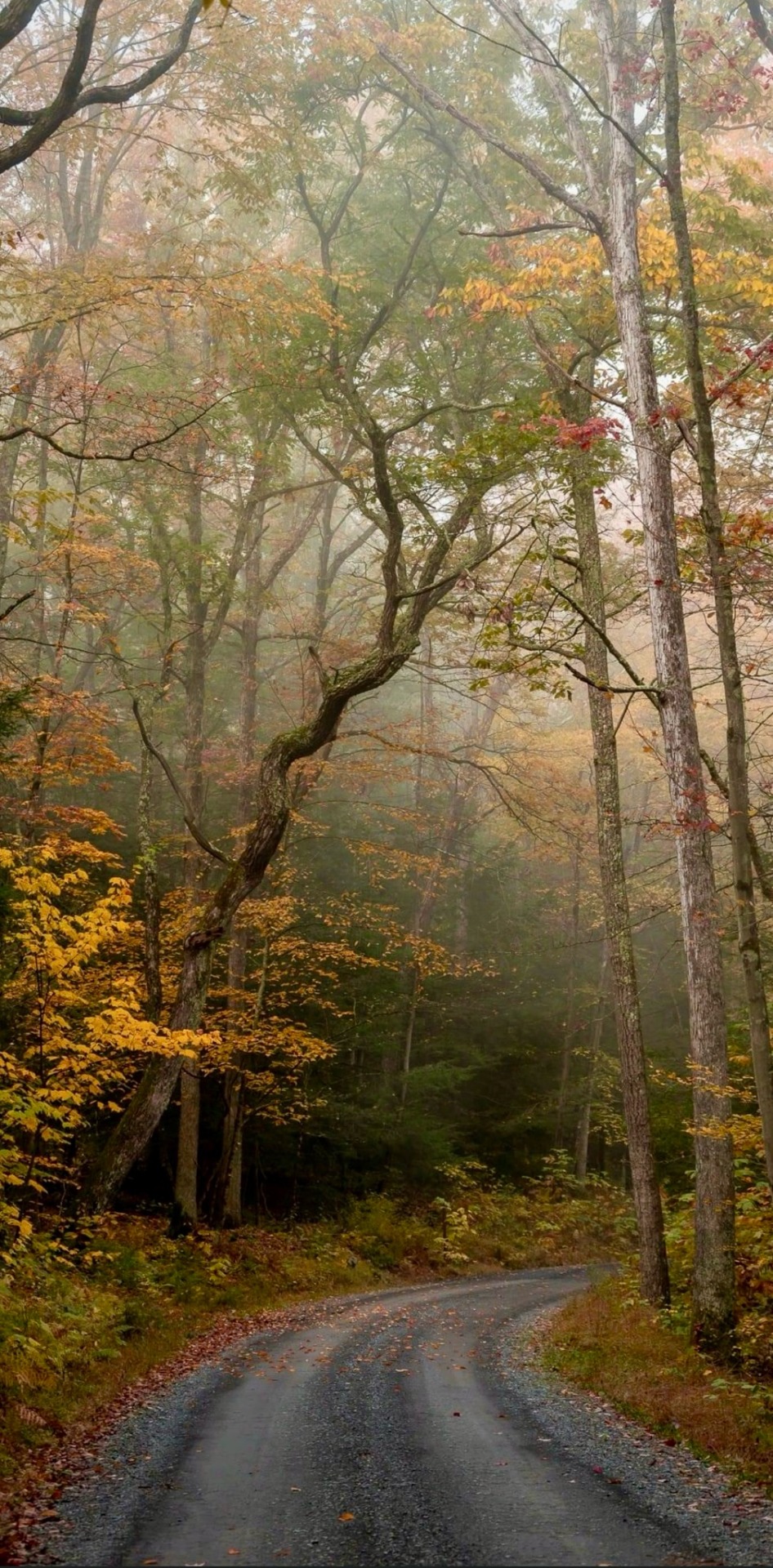
Last Fall; A little Pennsylvania magic from Bald Eagle State Forest
16 notes
·
View notes
Text
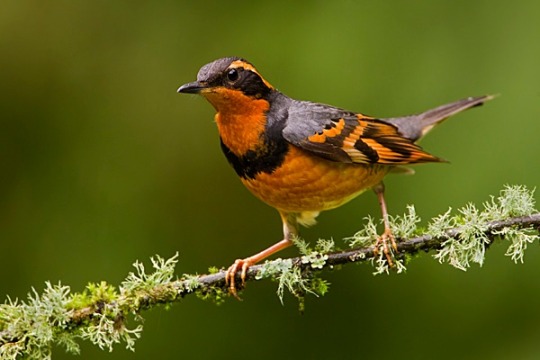
What the Roadless Rule Reinstatement Means for Birds
On January 25, the National Roadless Rule was officially restored to the Tongass National Forest in Southeast Alaska by the Biden administration.
There are a couple reasons why this is important.
The Tongass’s 17 million acres—the ancestral homeland of the Tlingit, Haida, and Tsimshian peoples
... is the country’s largest forest carbon sink, holding approximately 20% of all carbon stored in the United States National Forest system according to National Audubon Society’s 2021 Natural Climate Solutions Report.
But it’s also home to hundreds of species of birds thanks to 11,000 miles of shoreline, old-growth and mature forest, and multiple wetland areas.
Those species include Audubon priority birds like the Marbled Murrelet, Northern Goshawk, and Spruce Grouse. Others range from Common Ravens, American Crows, and Bald Eagles to Greater Yellowlegs, multiple gull species, and songbirds like the Red-breasted Sapsucker, Swainson’s Thrush, and Chestnut-backed Chickadee—all found on the Southeast Alaska Birding Trail.
Zooming out of Southeast, the Tongass also “hosts about 70% of the species known to occur in Alaska, or about 40% of the bird species found in North America,” according to Audubon Alaska’s Ecological Atlas of Southeast Alaska.
So, what does the Roadless Rule reinstatement mean for birds?
It fully restores Roadless Rule protections for more than 9.3 million acres of the Tongass...
Read more: https://ak.audubon.org/news/what-roadless-rule-reinstatement-means-birds
#public lands#forests#alaska#conservation#ornithology#bird#birds#animals#nature#north america#science#environment
43 notes
·
View notes
Text
Excerpt from this press release from the Department of the Interior:
The Department of the Interior today announced the expansion of four existing national wildlife refuges, which will allow for the voluntary conservation of up to 1.13 million acres of wildlife habitat in New Mexico, North Carolina and Texas.
Investing in and expanding the National Wildlife Refuge System, managed by the U.S. Fish and Wildlife Service, furthers the Biden-Harris administration’s work to support community-driven efforts to conserve and restore the nation’s lands and waters through the America the Beautiful initiative. Under Secretary Haaland’s leadership, the Department has also established four new Refuges that will help conserve important fish and wildlife habitat, support working lands, and expand opportunities for outdoor recreation.
The new expansion areas include:
Roanoke River National Wildlife Refuge (NC) may now conserve up to 287,000 acres of floodplain habitat along a 137-mile stretch of the Roanoke River from Weldon to the Albemarle Sound, to support rare and at-risk species like the Atlantic sturgeon, cerulean and Swainson's warbers, bald eagles and migratory waterfowl. The refuge was established in 1991 to protect the forests in the Roanoke River floodplain, considered to be the largest intact, and least disturbed, bottomland forest ecosystem remaining in the mid-Atlantic region.
Aransas and Big Boggy National Wildlife Refuges (TX) may now conserve up to 150,000 additional acres of habitat in the Gulf Coast Prairies and Marshes ecoregion of Texas to support whooping crane, Eastern black rail, Attwater's prairie chicken, mottled duck and other wintering waterfowl. Established in 1937, Aransas NWR serves as a refuge and breeding ground and for migratory birds and other wildlife and is best known as the wintering home of the last wild flock of endangered whooping cranes. Establishing in 1983 and designated an Internationally Significant Shorebird Site by the Western Hemisphere Shorebird Reserve Network, Big Boggy NWR is a stronghold for the threatened eastern black rail and provides seasonal and year-round habitat for large populations of waterfowl, wading birds, waterbirds, and shorebirds.
Muleshoe National Wildlife Refuge (NM and TX) may now conserve up to 700,000 acres of habitat in the Southern High Plains along the Texas-New Mexico border to support sandhill crane, pronghorn and lesser prairie chicken, as well as a full suite of other wildlife that rely on the grasslands, playa wetlands and saline lake habitats of the Central Grasslands. Established in 1935, the refuge is the oldest national wildlife refuge in Texas and is best known for hosting one of the largest concentrations of lesser sandhill cranes in North America.
The four final Land Protection Plans for these expansions were developed through public processes and informed by input from local landowners, Tribal leaders, state wildlife agencies, and other stakeholders. The Plans outline land protection priorities for these refuges that will inform the Service’s interest in acquiring parcels from landowners who are willing to sell property (fee-title) or property rights (conservation easements or cooperative agreements) through purchase or donation.
4 notes
·
View notes
Text
Betwixt and between
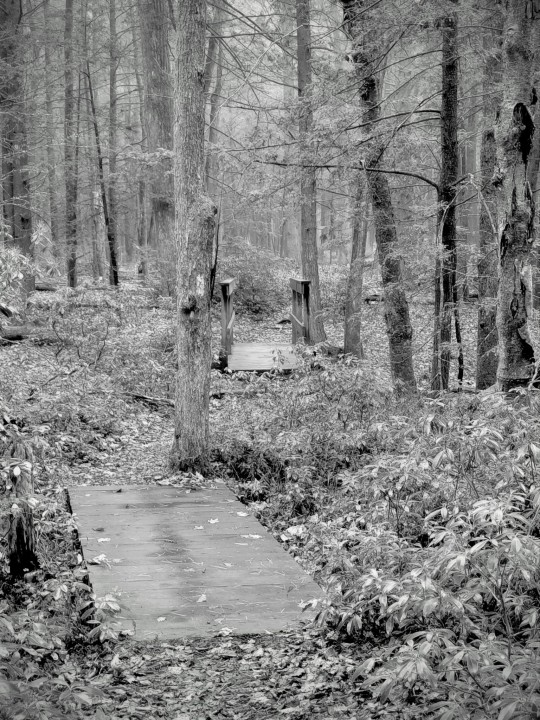
Old Boundary Trail
23 notes
·
View notes
Text


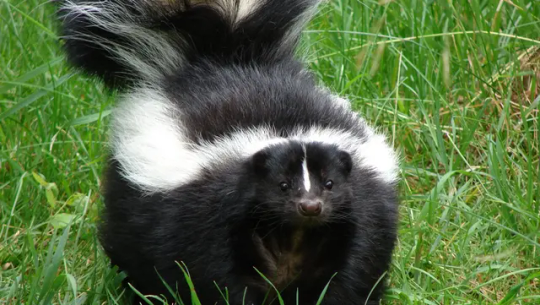

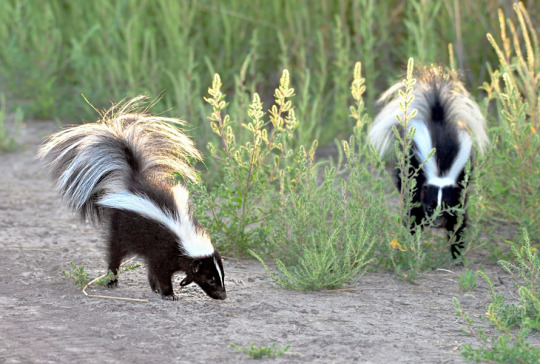
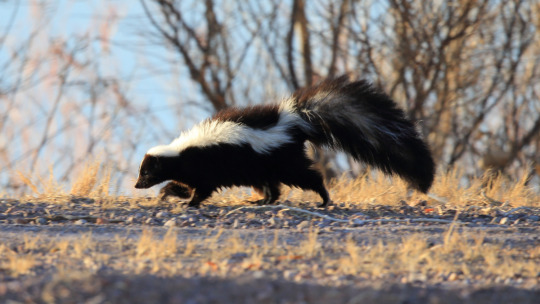



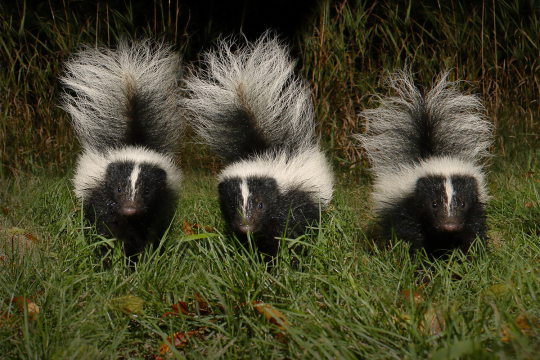

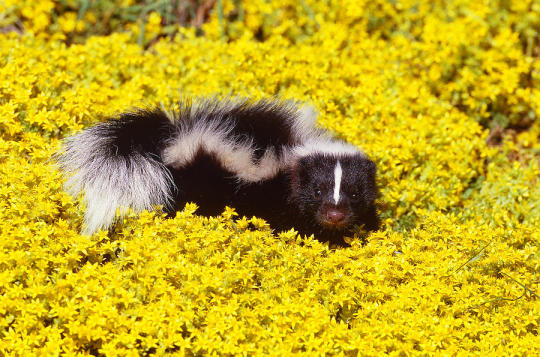

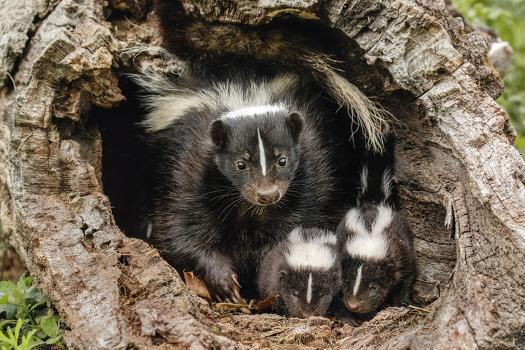
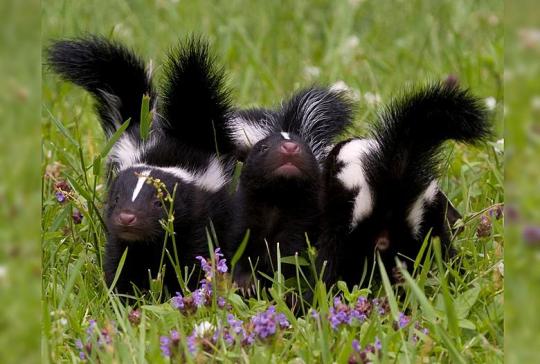
Mephitis mephitis better known as the striped skunk, seganku, scangaresse, sheegawk, common skunk, Alaska sable, mahcah, guli, Hudsonian skunk, nool'-tsee-a, northern skunk, black-tailed skunk, and prairie polecat, is a species of skunk which is endemic to the United States, southern Canada, and northern mexico. Striped skunks are found in a variety of habitats including grasslands, scrublands, deserts, montane areas, riverine woodlands, forests, and agriculture lands. For the most part they nocturnal lead solitary lives but will come together to socialize, particularly during the breeding season, and in winter multiple skunks may share a den to hibernate. They are largely insectivores feeding upon grasshoppers, beetles, crickets, caterpillars, worms, arachnids, grubs, centipedes, millipedes, and bees, but are also known to eat crayfish, crabs, fish, amphibians, small reptiles, carrion, apples, berries, cherries, corn, nightshade, young rabbits, white-footed mice, voles, eggs, and bird chicks. Like all skunks, they possess a pair of highly developed musk-filled scent glands which can spray a noxious liquid, known for its irritating foul stench, considerable distances. Because of this formidable defensive capability, the striped skunk has few natural predators, however they are known to occasionally be eaten by particularly hungery or determined coyotes, bobcats, wolverines, badgers, foxes, cougars, golden eagles, bald eagles, and great horned owls. Reaching around 18 to 32 inches (46.5 to 81.5cms) in length and 1.5 to 13lbs (.7 to 6.3kgs) in weight, striped skunks are a stoutly-built, short-limbed animal with a small, conical head and a long, heavily furred tail. The feet are plantigrade with bare soles, with the forefeet having five long, curved claws adapted for digging, while those on the hind feet are shorter and straighter. The color patterns of the fur vary greatly, but generally consist of a black base with a white stripe extending from the head which divides along the shoulders, continuing along the flanks to the rump and tail. Some specimens have a white patch on the chest, while others bear white stripes on the outer surface of the front limbs. Brown and cream colored individuals are also known to occur. The striped skunk is polygamous with the breeding season occurring from mid February to mid april. During this time a striped skunks genitals will grow considerably in size with males testicles swelling up to 4 times there usual size. They typically form harems with one male breeding with several females. After a 59 to 77 day pregnancy mothers will give birth to 2 to 18 kits, which open there eyes at around 3 weeks of age, are weaned by 6 to 7 weeks, and set off on there own at around 2.5 to 3 months old. Under ideal conditions a striped skunk may reach sexual maturity at 10 months old and live up to 10 years.
#pleistocene pride#pleistocene#pliestocene pride#pliestocene#cenozoic#ice age#stone age#skunk#striped skunk
3 notes
·
View notes
Text
10 Gorgeous Beaches in Alaska That You Must Check Out This Summer

Alaska, known for its rugged wilderness and breathtaking landscapes, might not be the first place that comes to mind when thinking of beaches. However, Alaska is home to some stunning coastal areas that are perfect for summer exploration. Here are 10 gorgeous beaches in Alaska that you must check out this summer.
Alaska's coastline stretches over 6,600 miles, offering a diverse array of beaches, from sandy shores to rocky cliffs. These beaches boast stunning scenery, abundant wildlife, and a wide range of outdoor activities for visitors to enjoy.
1. Homer Spit Beach
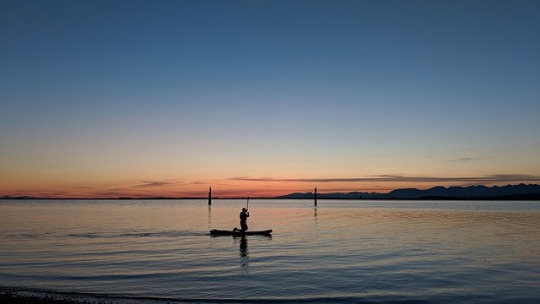
Homer Spit Beach, located in Homer, Alaska, is a popular destination known for its picturesque views of Kachemak Bay and the surrounding mountains. Visitors can stroll along the sandy shores, enjoy beachcombing, or embark on a fishing charter to catch salmon and halibut.
2. Kincaid Park Beach
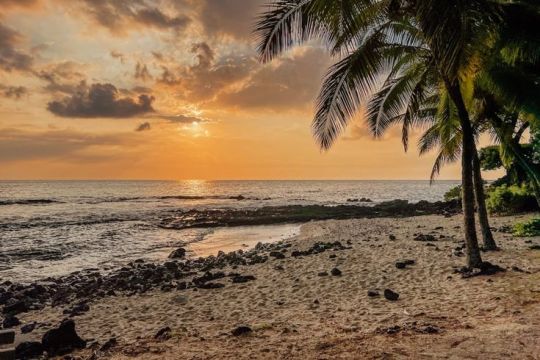
Situated in Anchorage, Kincaid Park Beach offers panoramic views of Cook Inlet and the Alaska Range. This scenic beach is perfect for picnicking, beach volleyball, and kite flying, with miles of sandy coastline to explore.
3. Halibut Point Recreation Area
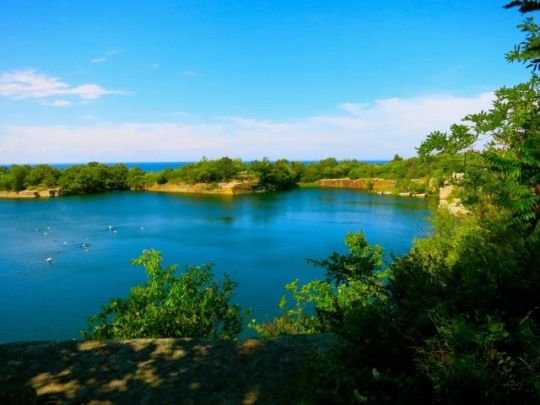
Halibut Point Recreation Area, located near Sitka, features a beautiful sandy beach overlooking the Pacific Ocean. Visitors can enjoy swimming, sunbathing, and beachcombing, with opportunities to spot whales, sea lions, and otters offshore.
4. Anchor Point Beach
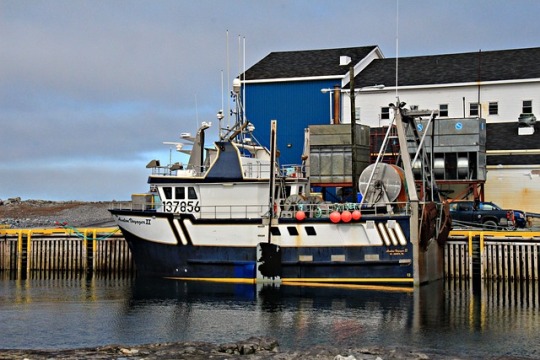
Anchor Point Beach, located on the Kenai Peninsula, is known for its stunning views of the Cook Inlet and the Aleutian Range. This pristine beach is a popular spot for fishing, clamming, and wildlife viewing, with opportunities to see bald eagles and migratory birds.
5. Ninilchik Beach
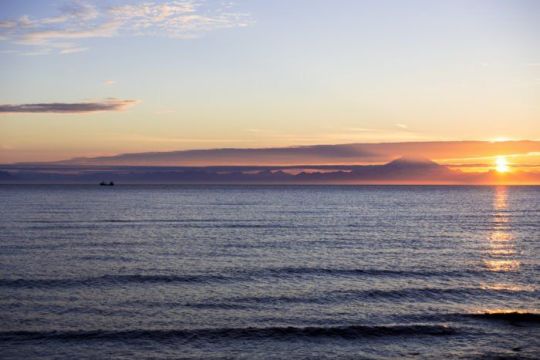
Ninilchik Beach, nestled between Homer and Kenai, offers breathtaking views of Cook Inlet and the Chigmit Mountains. Visitors can enjoy beachcombing, picnicking, and birdwatching, with opportunities to see beluga whales and seals offshore.
6. Sitka's Silver Bay Beach

Silver Bay Beach, located near Sitka, is a hidden gem known for its tranquil setting and pristine shoreline. Visitors can relax on the sandy beach, explore tide pools, and admire stunning views of the surrounding mountains and forested coastline.
7. Kachemak Bay State Park

Kachemak Bay State Park, near Homer, offers miles of pristine coastline, rugged cliffs, and secluded beaches. Visitors can hike along scenic trails, kayak through tranquil waters, and camp under the stars, surrounded by the beauty of Alaska's wilderness.
8. Seward Waterfront Park

Seward Waterfront Park, located in the picturesque town of Seward, offers stunning views of Resurrection Bay and the surrounding mountains. This scenic beach is perfect for beachcombing, birdwatching, and watching cruise ships and fishing boats pass by.
9. Kenai Beach

Kenai Beach, situated on the Kenai Peninsula, offers sweeping views of Cook Inlet and the Kenai Mountains. Visitors can enjoy beachcombing, picnicking, and fishing for salmon and trout, with opportunities to see bald eagles and shorebirds along the shoreline.
10. Bishops Beach
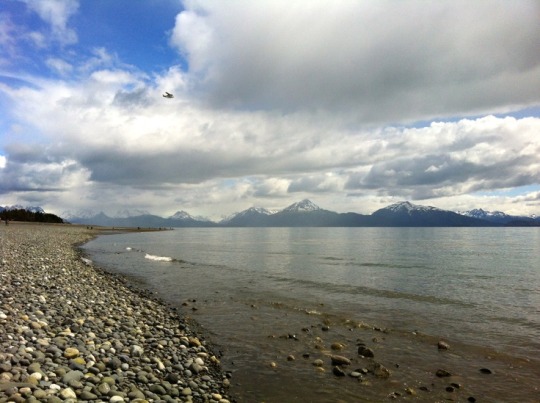
Bishops Beach, located in Homer, is a tranquil retreat known for its scenic beauty and abundant wildlife. Visitors can stroll along the sandy shores, watch for whales and seals offshore, and enjoy stunning views of Kachemak Bay and the surrounding mountains.
In conclusion, Beaches in Alaska are a hidden treasure trove waiting to be discovered. Despite its reputation for icy landscapes, this vast state offers stunning coastal areas that rival those found in more traditional beach destinations. From Homer Spit Beach with its picturesque views of Kachemak Bay to the tranquil retreat of Bishops Beach in Homer, each beach in Alaska has its own unique charm and beauty.
6 notes
·
View notes
Text


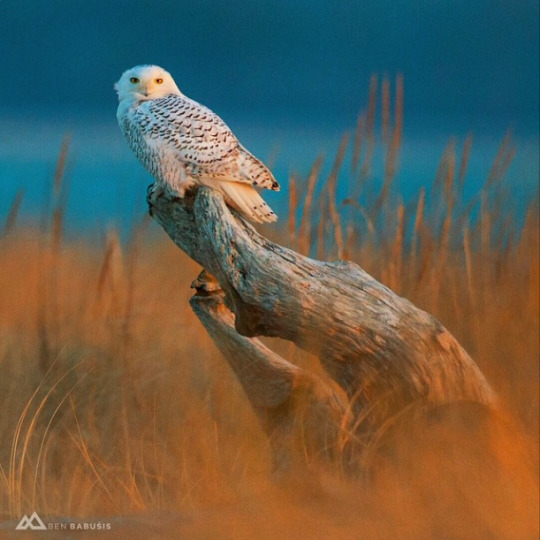

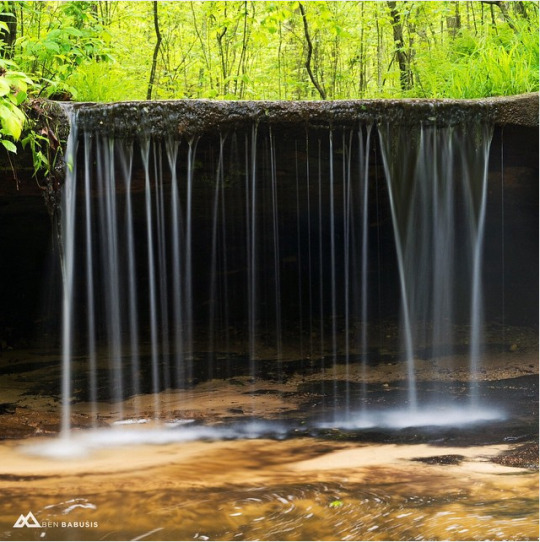



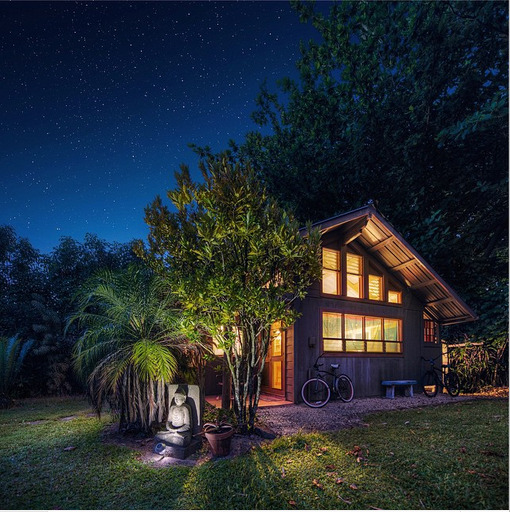
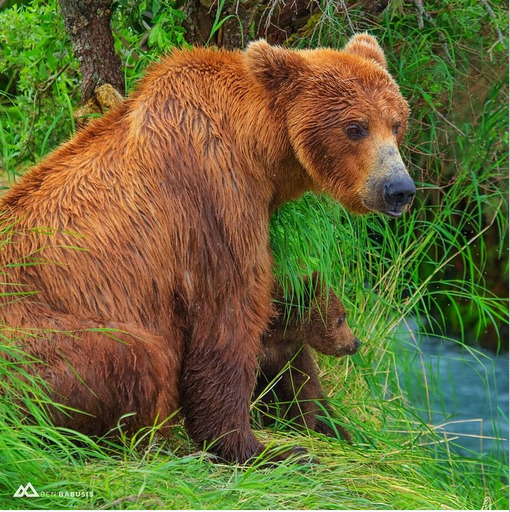
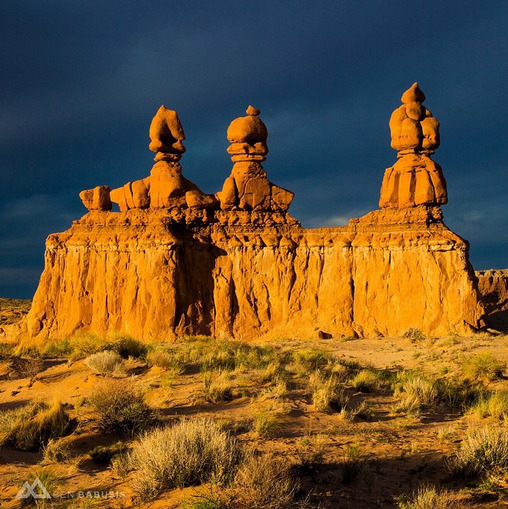


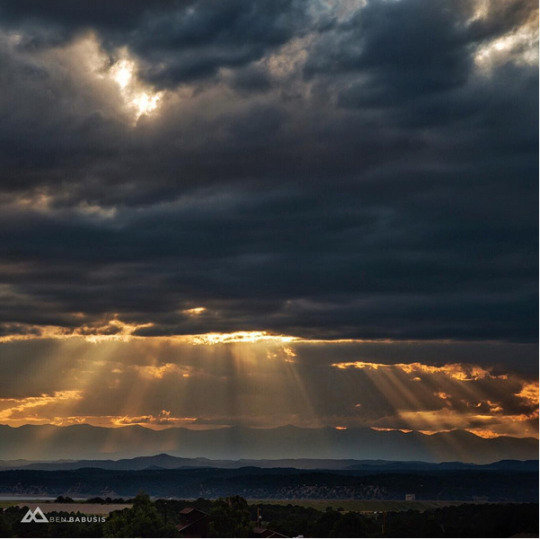

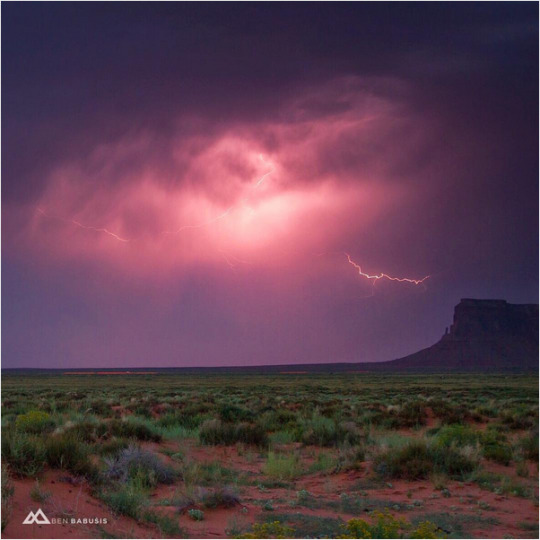

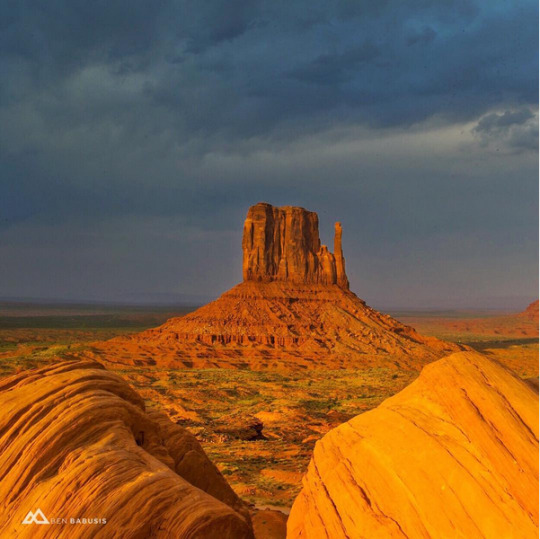



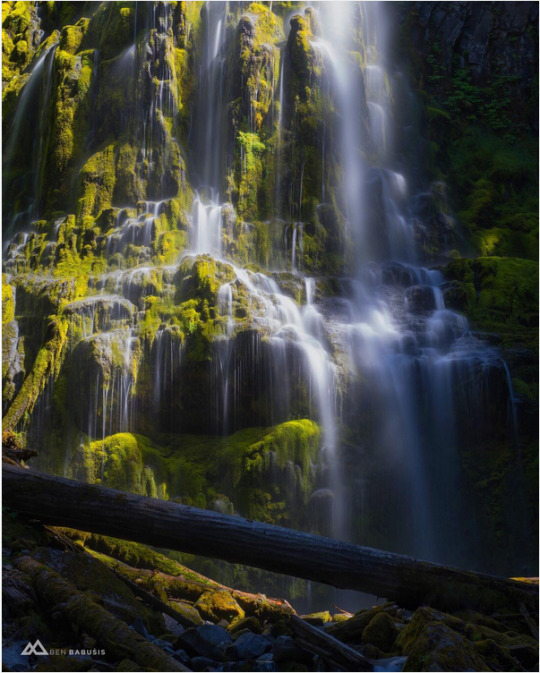
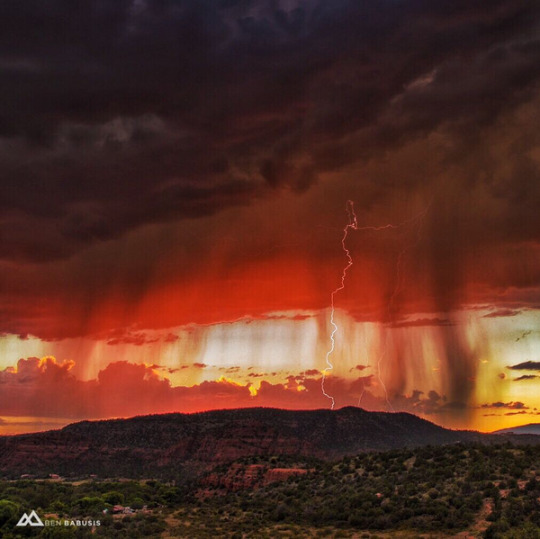

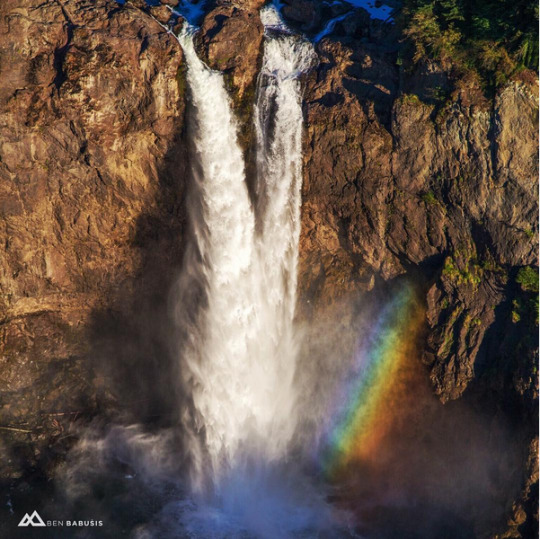
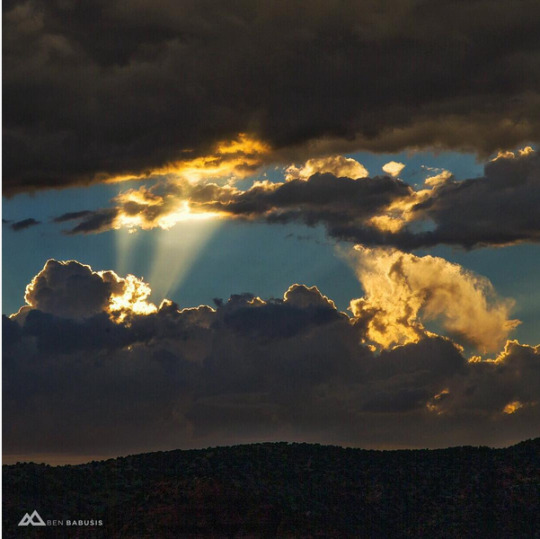
@benbabusis
1-. This remarkable formation called Shiprock is an ancient volcanic remnant that rises 1583 feet above a sea of desert in New Mexico. It is called Winged Rock by the local Navajo
2-. Magic FLight - Bald Eagle soars over Haines, Alaska in setting sun.
3-. Snow owl
4-. Cherry blossoms in the Washington capital, Olympia
5-. Curtain Fall. Outside St. Louis, Missouri, a know hot spot for nature photographers
6-. Don't forget to stop and smell the flowers, Katmai Natl Park, Alaska
7-. Falling Water. Columbia Gorge, Oregon
8-. Forest Paradise. Foxglove bloom in Tiger Mountain, Washington
9-. Ha'ena State Park
10-. The protector - Katmai Natl Park. Don't mess with this bear, you will loose
11-. Three's a Crowd-Goblin Valley, Utah
12-. Thuderbow - McNeil River, Alaska
13-. Somewhere…Under the Rainbow - From my home in Issaquah, Washington
14-. Cloudy with a Chance of Rays - Trinidad, New Mexico
15-. Curtain Falls - Panther Falls. Columbia Gorge, WA
16-. Lightning in Monument Valley, Utah
17-. Monumental Sunset - Monument Valley, Utah
18-. Nice Warm Mitten - The beautiful West Mitten in Monument Valley bathed in warm light at sunset
19-. Pathway to the kingdom - Shiprock, New Mexico
20-. Pinnacle of Perfection. El Capitan. Monumet Valley, Arizona
21-. Power Line- Massive band of thunderstorms swept through northwestern New Mexico. This was shot near Grenville
22-. Proxy Falls, Oregon
23-. Sky Drama. From Cathedral Rock, Sedona. Arizona
24-. Snow-Capped. Bald Eagle in snowstorm near Haines, Alaska
25-. Splash of color. Snoqualmie Falls, WA
26-. Spotlight in the Sky - Sedona, Arizona
4 notes
·
View notes
Text
An epilogue
Canada was great and in many ways not how we expected it to be. For one thing, the weather was good, warm, sunny and dry. We were able to join in the celebrations of Canada Day in shorts beside the lake in the heat. Constitution Act of 1867 signed off by Queen Victoria created Canada, formally joining several colonies into a single, unified, semi-independent Dominion of Canada. Essentially, Canada became a self-governing dominion within the British Empire on the 1st July 156 years ago. And to some extent, Canada as an entity was something we found odd. Why did it never join the USA (some say Alberta would like to become the 51st State of the USA), why did the US buy Alaska above Canada in 1867, incidentally the same year Canada was created, and why do half the people still speak French despite the French being licked by the British in the Battle of Quebec in 1759? Well I don't think anyone knows. It's odd thinking of a French speaker as Canadian and not, well, French. The second largest country in the world and the longest border with another country in the world. Shoreline on 3 oceans and just 40 million or so population. The Rockies were like a massive version of the Lake District and Norwegian Fjords superimposed onto the Alps. Alaska reminded me very much of Norway. Equally stunning in its own way with tiny communities happily coexisting in their geographically imposed isolation with whales and fish as company but invaded regularly by vast armies of cruise ship guests many times in number greater than their own population. Canadians were lovely, pleasant, polite people; we called them nice Americans. They seemed very like the English in being almost apologetic of their country and sometimes it seemed not realising just how good it is. It is easy to overlook though the reality that this lovely place, basking in 30° heat will soon be shivering in temperatures as low as -30° in those dark winter days. I couldn't live in that. We covered a lot of road miles seeing the foothills gradually convert to rocky mountains and then seeing them from a different perspective from the massive picture windows of the brilliant Rock Mountaineer railway. We have seen a shed load of Bald Eagles, Ospreys, Whales, Elk, Ground Hogs, Chipmunks and just two Bears. We have discovered that British Columbia produces a very fine SB and it was a great delight to sit on the terrace of a small independent winery drinking some of its output. Who'd have thought that Canada could have rainforest, huge fruit growing communities and a dry, arid desert. Apart from the hiatus caused in the first week by a rampant Cockerel on steroids and the forest fire which caused a radical change in itinerary, we have had a great time. We most likely will not return to the Rockies, but we are intrigued by what we might see were we to peer over the top of the mountains and looked east at Québec (pronounced keybeck by locals) and beyond to the coast at Nova Scotia.
In the meantime, greeting us in our mailbox on our return was the Lonely Planet guide to Northern Territories. There's something to think about.
3 notes
·
View notes
Photo

By Nicholas A. Tonelli
Merrill Linn Trail (10)
Unnamed stream along the Merrill Linn Trail, Bald Eagle State Forest, Union County.
This and several other streams (also unnamed) form the headwaters of White Deer Hole Creek, a large stream to the north that empties into the West Branch Susquehanna River.
Attribution 2.0 Generic (CC BY 2.0)
6 notes
·
View notes